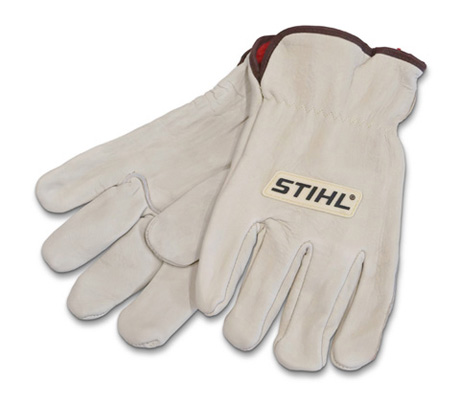Construction injuries add to a new level of complications in many laborious jobs. Injuries can keep you out of work for days, months, or even years. To prevent some of these injuries, work gloves always come in handy. Regardless of the job you are involved in, it is always good to go for high-quality gloves to reduce the risk of occupational injuries. With many brands of gloves available on the market, selecting the right one becomes even harder. Below are the key factors to consider when selecting gloves for your construction site;
-
Select the right material for your work gloves
The nature of hazards you meet at your workplace every day should be the guide for selecting the right material for your work gloves. Below we dive deeper into the various types of hazards encountered at work.
-
Cuts and Punctures
Cut or puncture-resistant gloves are recommended for jobs that involve the handling of sharp building materials and power tools. Examples of materials known to have high tensile strength include Kevlar or lightweight Dyneema. This means that, while they cannot be easily pierced by nails, glass, and other objects, your gloves will remain durable and flexible.
-
Water and Chemicals
Some construction works may involve coming into contact with hazardous liquids like acids, oils, and various solvents. In such cases, it is advisable to use neoprene or latex gloves that also cover your forearms. In addition, when working outdoor with concrete, tar, and mortar, it is advisable to use work gloves with special rubber coatings to protect your hands from these harmful materials.
-
Bruising and Blistering
Many heavy construction jobs call for thick, impact-resistant gloves with extra padding. For such jobs, it advisable to go for gloves with reinforced palms, knuckle guards, or padded fingers. These offer enough protection to your hands by absorbing the motion of vibrating power tools, heavy blows, and repetitive movements.
-
Electricity
You may need protection from electric shock if you work around live wires. In such environments, leather or rubber gloves are preferable for adequate protection. When working in environments with electricity, avoid any gloves with metallic parts.
-
Heat and Cold
You need gloves that protect you from heat and cold when working in extreme conditions. A combination of leather or a waterproof outer layer with internal insulation can help cushion your hands from cold. In addition, heat-resistant gloves tend to be made of fire-resistant materials.
-
Gets the right fitting work gloves
In addition to having gloves with the right material, it is also good to select the right size and fitting gloves. It is good to have the right size because in many cases, gloves are used for many hours hence you need to be comfortable. Poorly fitting gloves could affect your hand and finger movements leading to injuries like blisters and muscle cramps. It is therefore good to test the gloves for comfort before buying them.
-
Features and Add-Ons
Some gloves are made with features targeted to specific purposes and situations. These features may include;
- Fingerless gloves. Some jobs may need you to protect your hands without losing the natural dexterity of your fingertips. Fingerless or half-finger gloves help to protect your hands while completing tasks whi9le completing tasks like typing on a computer or handling delicate machinery.
- Rubber grip. Some jobs may require you to fully protect your hands and also maintain some form of dexterity. Gloves with a rubber grip around the finger can be a good one as it allows you to handle detailed work without sacrificing protection.
- Touch screen pads. At construction sites, it may be hard to use touch screen devices unless you have gloves with touch-sensitive pads. These gloves are good when you need to protect your hand and also operate machinery.

